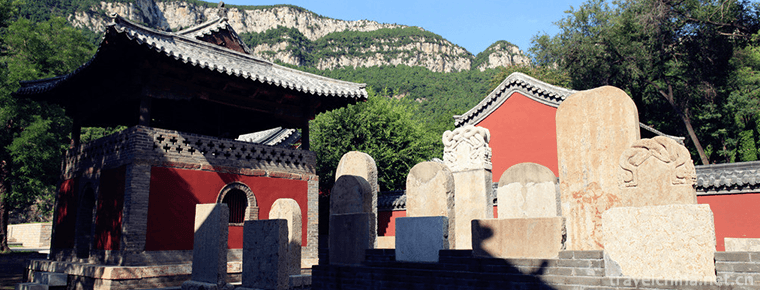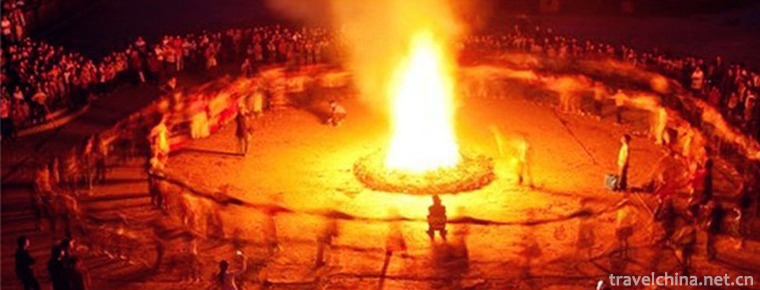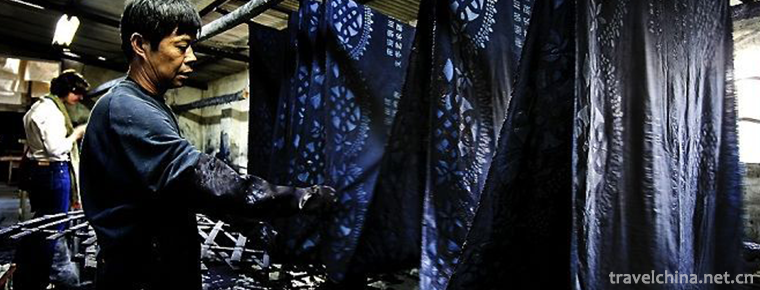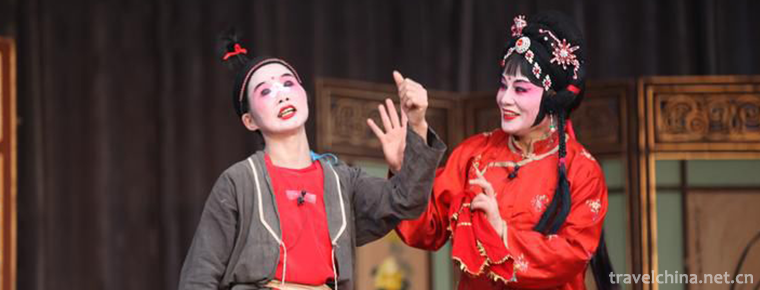Laozi Shandong Province
Laozi Shandong Province
Shandong Laozi is a traditional opera art form which spreads in Shandong Province. It evolved from the ancient "lotus flower falls". Laozi instruments are mainly cymbals (commonly known as Guangguang), bamboo boards and festivals, rather than strings.
On June 7, 2008, "Shandong Laozi" declared by Shandong Shanxian County was listed in the second batch of national intangible cultural heritage list with the approval of the State Council. On December 3, 2014, the "Shandong Laozi" declared by Jinxiang County, Shandong Province, was approved by the State Council to be included in the fourth batch of national intangible cultural heritage expansion projects list .
Heritage serial number: 778 V-85.
Representative Inheritor of National Non-material Cultural Heritage Project: Zhang Qingmin
historical origin
Shandong Laozi is also known as "Lotus Flower" and "Lotus Flower Music", commonly known as "Light Book". It is named for the lining of the original song "Lotus Flower, Lotus Flower". Zhai Hao's Popular Compilation quotes from the Song Dynasty monk Puji's Five Lanterns Club Yuan: "Yu Daopo often attends Langya with the public, and one day he hears people singing lotus falls, enlightenment." It can be seen that in early years this song was a warning song for monks and families. Laozi in Shandong Province had been spread among the local people since the Northern Song Dynasty, and was very popular in Yuan and Ming Dynasties.
Shandong Laozi, also known as "Lotus Flower" and "Lotus Flower Music", is named for its early melodic liner, abbreviated as "Laozi". The song of warning to the world, which was first sung by monks, was popular in Shandong Province in the Song Dynasty. But at present, artists can only trace back to ten generations, about the middle of Qing Dynasty. Laozi, which is popular in Shandong, is called "Laozi in Shandong". Because its main accompaniment instruments are cymbals and bamboo boards, also known as "karaoke book" or "lotus leaf hanging board". Because of the difference of its popular regional dialects and tunes, three kinds of "mouth" have been formed: one is "Nankou", which is popular in central and southern Shandong and southwestern Shandong, and its style is the most rugged. Sixty years ago, he sang an old song with a slow rhythm and a flowery tune. He paid attention to circuitous and tortuous rhythms, with great ups and downs.
artistic characteristics
Music for voices in a Chinese Opera
Shandong Laozi's singing tune is simple, half-talking and half-singing. Generally, the "string of bells" type of stacked sentences are used, which are divided into several paragraphs according to the meaning of the word, more than a dozen sentences, and less than two sentences, namely, pulling a long cavity, playing a simple cymbal point as a way through the door. Most of the lyrics are seven-character or cross sentences with the structure of upper and lower sentences. Because Laozi's singing is too monotonous, the art often absorbs the tunes of the local sister art to enrich its own singing. Laozi's singing has its own characteristics, and his bright and powerful style clearly reflects the forthright and forceful character of the people in Southwest Shandong.
Schools
In the middle of Qing Dynasty, Shandong Laozi was popular in all parts of Shandong Province. Because its accompaniment instrument was a single-page cymbal, also known as "cymbal book", it was divided into three parts according to its different popular regions, languages and singing tunes. "Nankou" is popular in the south of Tai'an and has a great influence, while "Beikou" is popular in Jinan and northwest Shandong, and "Dongkou" is popular in Weixian and Pingdu areas. When singing, one person beats cymbals with his left hand, while the other sings "lotus leaf suspension board" with a big bamboo board, while the other beats cymbals and sings with a bamboo board, which is called "engine board". "Lao Kou" has a slow and tactful voice, and then adapts to the need of storytelling and evolves into a "flat voice" fast mouth. Traditional bibliographies include "Daguanxi", "Black Pine Forest", "Zhou Cang stealing children", "Four Rings", "Xue Li returning home" and so on. The representative figures are Zhang Yuanxiu and Song Dynasty industry.
Inheritance Significance
Shandong Quyi occupies an important position in the development history of Chinese Quyi. The artistic value of Luozi in Shandong can not be ignored. It is an important part of folk music in China, and also a comprehensive art integrating literature, music and performance. It has developed from a form of performance performed by folk artists in order to make a living to a kind of performing art on the stage nowadays. Its subject matter, music structure and performance form are all created and performed by specialists. It is closely combined with folk music and local dialects, and has the characteristics of one person and many angles. For thousands of years, the hard work of the working people has not only created a brilliant material civilization, but also created a culture and art with distinct characteristics. Shandong Quyi occupies an important position in the development history of Chinese Quyi. It is also an extremely important part of Chinese traditional music and one of the most precious cultural heritage of the Chinese nation.
Current situation of inheritance
Famous artists include Liu Benchun, Wang Jinshan, Wang Jiaozheng and Qiao Yushan. Later, Pingkou Laozi rose, paying attention to selling words and singing big books. Famous actors include Li Hejun ("little pepper"), Hou Jiaoshan ("flying sky clicking"), and modern famous artists include Zhang Qingmin , Hou Yongzhi, Zhang Yuanxiu, Gao Qinghai, etc. The second is "Beikou", which is popular in the northwest of Shandong Province north of the Yellow River. Slow mouth, simple style. Famous artists include Cui Yuchen ("Laoyu"), Gou Chunsheng, etc. Around 1920, Gou Chunsheng became famous in Jinan. Later, Wang Chuanduan, Wang Honghai, Fu Daling (female), Wang Mingyai (female) and so on. The third is "Dongkou", which is popular in Weifang and Pingdu area east of Jinan. At the beginning, it is also slow mouth, and then it develops to a level mouth which is better than narration. Famous artists include Ji Baokui and so on.
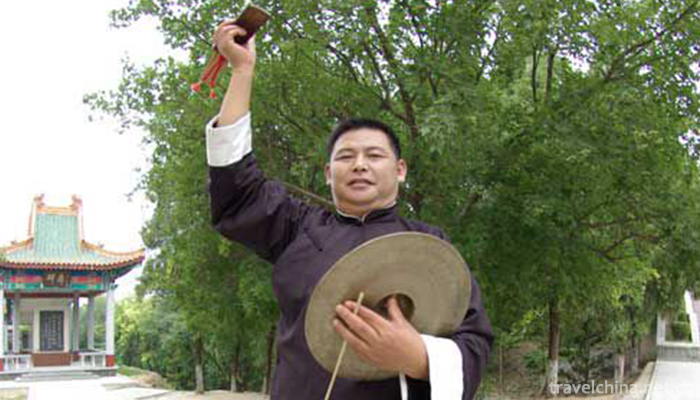
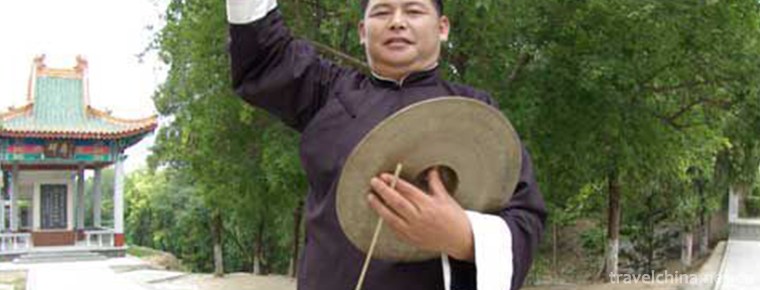
Laozi Shandong Province
-
Ning Xia Night Market
Ningxia Night Market is one of the few night markets in Taipei ...
Views: 196 Time 2018-10-12 -
Lingyan Temple in Jinan
Lingyan Temple, built in the Eastern Jin Dynasty, has a history of more than 1600 years. Located in the north foot of Mount Tai in the southwest of Jinan City, Shandong Province
Views: 267 Time 2019-02-03 -
Torch Festival
Torch Festival is an ancient traditional festival of the Yi, Bai, Naxi, Jinuo and Lahu nationalities. It has profound folk cultural connotations and is known as the "carnival of the East".
Views: 288 Time 2019-05-05 -
Printing and Dyeing Techniques of Nantong Blue Printing Cloth
Nantong Blue Printing and Dyeing Technology, one of the local traditional printing and dyeing techniques in Nantong City, Jiangsu Province, is one of the national intangible cultural heritage.
Views: 185 Time 2019-06-07 -
Awakening Drama
Yongkang Xinggan Opera, also known as "Jianggan Opera", is a traditional opera that serves religion. Mainly to persuade people to reflect, guide people to rectify, mainly in sacrificial occa
Views: 368 Time 2019-07-08 -
Southwest Minzu University
Make great efforts, and the years will be golden. Southwest University for Nationalities is located in Chengdu, a famous historical and cultural city with the reputation of "the kingdom of heaven
Views: 255 Time 2019-08-31 -
Guanyin Pavilion
Stand on Ezhou The city's Xiaodong gate dike overlooks the Yangtze River, and a huge reef stands in the center of the Yangtze River. Long pan Ji " It is also known as "Wanli Changjiang first
Views: 487 Time 2019-09-20 -
Lingshan Temple
Lingshan temple is located in Mianning County, Liangshan Prefecture, Sichuan Province. It is 8 km away from Mianning County. It is the most famous temple in Liangshan Prefecture. It belongs to Mianning County as well as Xichang Satellite Launch Center.
Views: 189 Time 2020-10-16 -
Chengdu Yongling Museum
The Royal Museum of Wang Jian, located at No.10 Yongling Road, Jinniu District, Chengdu, covers a total area of 54000 square meters, and is composed of three parts: cultural relics protection area, comprehensive museum and garden protection area.
Views: 158 Time 2020-10-18 -
Explanation service of Chengdu Giant Panda Base
Chengdu Research Base of giant panda breeding has set up an explanation service station at the entrance to provide high-quality explanation service for tourists who have a better understanding of giant panda knowledge. At present, there are 11 full-time commentators in the
Views: 411 Time 2020-12-13 -
Mianyang Tourism
In 2018, Mianyang City realized a total tourism revenue of 64.766 billion yuan, an increase of 21.5%. Among them, domestic tourism revenue was 64.740 billion yuan, an increase of 21.4%; foreign exchange income of tourism was 3.8889 million US dollars,
Views: 189 Time 2020-12-14 -
Guangyuan climate
Guangyuan City belongs to subtropical humid monsoon climate; it is located in the southern foot of Qinling Mountains, which is a transition zone between North and south. It has the characteristics of humid climate in the South and the characteristics of high sky
Views: 342 Time 2020-12-15

